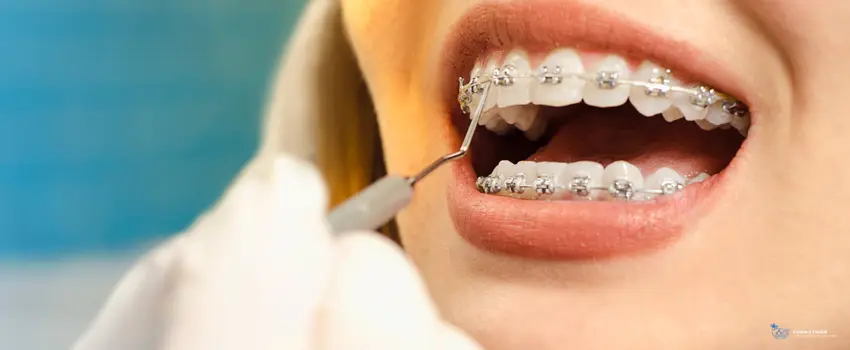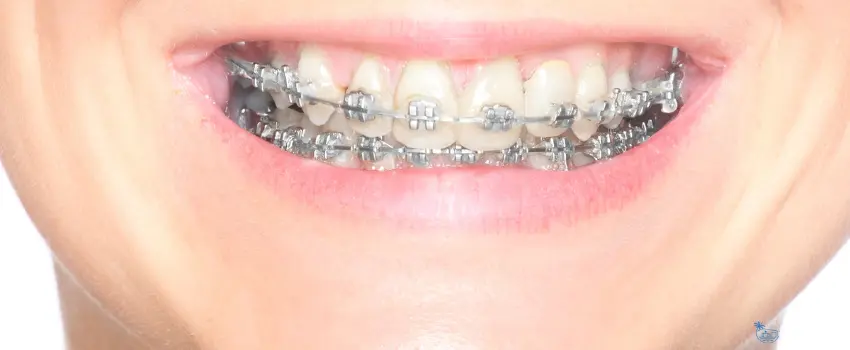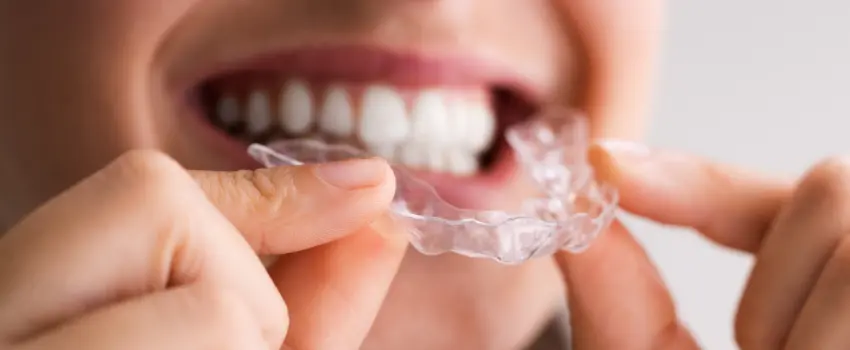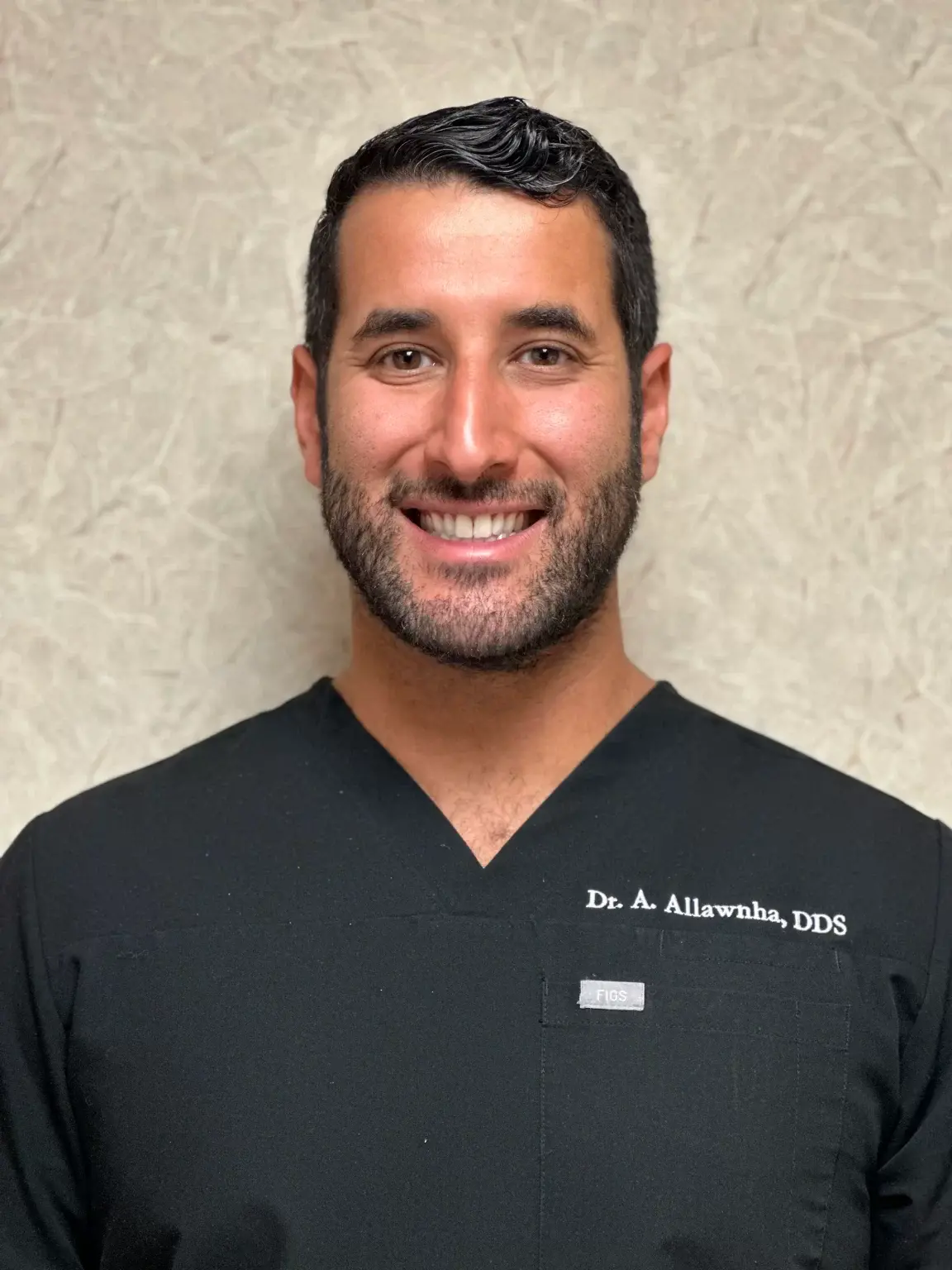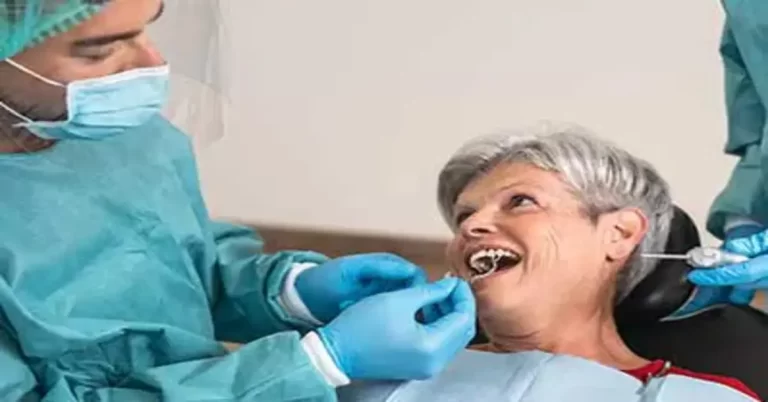If you want to enhance your appearance and self-esteem with a beautiful smile, dental braces may be the solution. Consulting with your dentist or orthodontist is the first step to determining if braces are the right option for you. They will conduct a thorough evaluation of your dental condition and discuss the available options.
If you’re planning to get braces for your teeth and curious about its function, keep on reading to learn more.
What do braces do?
Dental braces are an effective tool for improving dental health and overall appearance. By applying gentle pressure on your teeth and jawbone, braces gradually move into the correct position over time. This process corrects any bite issues, such as an overbite or underbite. It’s also easier to achieve straight teeth with braces.
Technological advances have made braces more comfortable and less noticeable, making them a popular choice for people of all ages.
Braces have different parts that work together to align your teeth correctly. Here’s a quick overview of the common brace components:
- Brackets are made of stainless steel, plastic, or tooth-colored ceramic. They are small squares affixed to your teeth using a bonding agent. Their primary function is to hold the arch wire in place.
- Arch wire is a slender, elongated wire that connects to the brackets and serves as a track for shifting your teeth. It can come in different materials, such as metal, tooth-colored, or clear.
- Ligature elastic refers to the elastic ties that connect each bracket. This is where you can get creative and have fun because you can choose the color of the elastic ties you want to add a pop of color to your braces.
- Bonding material, as the name suggests, is what attaches each bracket to every tooth.
- Orthodontic bands anchor the brackets to your teeth. Only some cases need this, especially if your teeth are severely misaligned.
- Spacers go in each tooth to create ample space for the bands.
These are just some of the basic components. There are other parts needed for complicated procedures.
What are the types of braces?
Dental braces are not a one-size-fits-all; various factors need consideration before selecting the ideal type that suits your unique needs. These include the type and severity of the dental issue and personal preferences. Here are the different types of braces and what sets them apart from each other:
1. Metal Braces
Metal braces are the traditional type commonly used over the years. This type consists of metal brackets attached to each tooth with a unique adhesive and a thin wire running through each bracket. The wire is then tightened periodically, gradually applying pressure to the teeth and moving them into the correct position. Metal braces are highly effective and can correct many dental problems, including crooked teeth, gaps, overbite, underbite, and crossbite.
Despite not being the most aesthetically-pleasing braces for your teeth, many still prefer metal braces because of its affordability and effectiveness.
2. Ceramic Braces
Ceramic braces are similar to metal braces, but instead of metal brackets and wires, they use less-noticeable clear or tooth-colored brackets and wires, which makes them popular among adults and teens who want a more discreet type of brace.
In addition, ceramic braces are also a good option for those with metal allergies. While ceramic braces are less visible than metal braces, they can be more fragile and require extra care and attention to avoid staining or damage. Ceramic braces are also typically more expensive than metal braces.
3. Lingual Braces
Lingual braces can be an excellent option for those who want to straighten their teeth discreetly, as they are not visible from the outside. However, because of their placement on the back of the teeth, they may take some time to get used to and require more frequent orthodontist adjustments.
4. Self-ligating Braces
Self-ligating braces look like the traditional metal braces but they use specialized clip or mechanism instead of elastic bands. This results in less friction and reduced discomfort for the wearer. Unlike the other types of braces, self-ligating braces require fewer adjustments and shorter treatment times.
5. Clear Aligners
Clear aligners are also known as “invisible braces” because they are made of clear plastic trays that gradually straighten teeth. These types of braces are usually custom-made using 3D imaging technology.
In addition, clear aligners are typically worn for 20 to 22 hours per day and must be removed when eating or doing your oral hygiene routine. Clear aligners can take a few months to a few years, depending on the severity of the case.
How do braces work?
Dental braces gradually move your teeth by applying gentle pressure to reposition them. The different components of braces work together to realign your teeth, with the archwire doing most of the work while the brackets and other parts hold it in place.
This process is also known as bone remodeling because as your teeth move, the braces exert pressure on your jawbone, stimulating the growth of new bone tissue and ultimately resulting in improved bone density.
As for its wear duration, most stay for one to three years. It can also vary depending on many factors such as:
- Health of your teeth, bones, and gums
- The amount of space in your mouth
- Severity of the problem
- The distance that your teeth have to move
- Oral hygiene practice
Your dentist or orthodontist will advise you to attend regular appointments to adjust your braces. During this time, you may notice gaps between your teeth as they shift into their new positions. This should not be a cause of worry; this is a normal part of the process.
Key Takeaway
Along with good dental hygiene, one of the best ways to achieve a beautiful smile is through getting dental braces. Braces have different parts that work together to correct common dental problems like crooked teeth, gaps, overbites, and underbites. If you’re planning on getting one, it’s best to consult a dentist so they can assess the right type that suits your needs.
Schedule an appointment with Century Dental for quality dental braces.
If you’re looking for a reliable dentist in Madeira Beach, FL, visit Century Dental! We are highly capable of correcting dental issues and offer corrective procedures like dental braces. With our years of experience, rest assured that your teeth are in capable hands. We’ll help you achieve that perfect smile you dream of!

